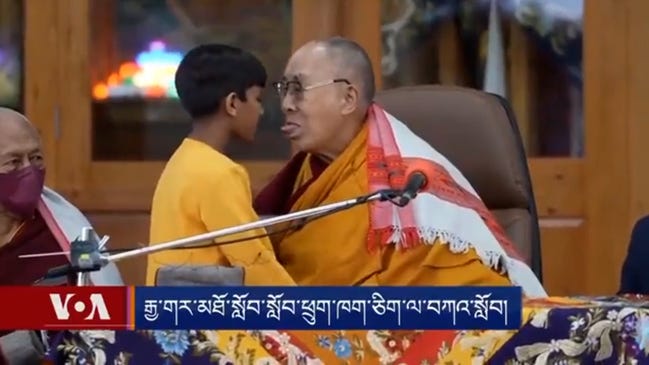A God-Child At 87
Lamahood is an esoteric childhood
Being a Lama means you don’t get to really be a kid, anymore. Your toys are walking sticks and umbrellas that belonged to predecessors. Instead of playing in the dirt wearing an older sibling or cousin’s hand-me-downs, or playing video games in jeans and a t-shirt, you have to wear sacred robes and sit and chant all day in a drafty mountain monastery heated with burning dried yak poop. Lamahood is lame.
The ritual practice of choosing Tibetan Lamas began in Qing China during the 18th century, when an incursion of Nepalese Gorkhas beckoned intervention. Thus the selection process was always an imperial innovation, and only remains one today, whatever else we might say about Chinese policy in Tibet. At the center of the dispute between Lhamo Thondup, aka Tenzin Gyatso, exiled 14th Dalai Lama of Tibet, and the government of China in Beijing, is the selection of the successor. It is ever so.
The Qianlong emperor want…
Keep reading with a 7-day free trial
Subscribe to The Distance to keep reading this post and get 7 days of free access to the full post archives.



